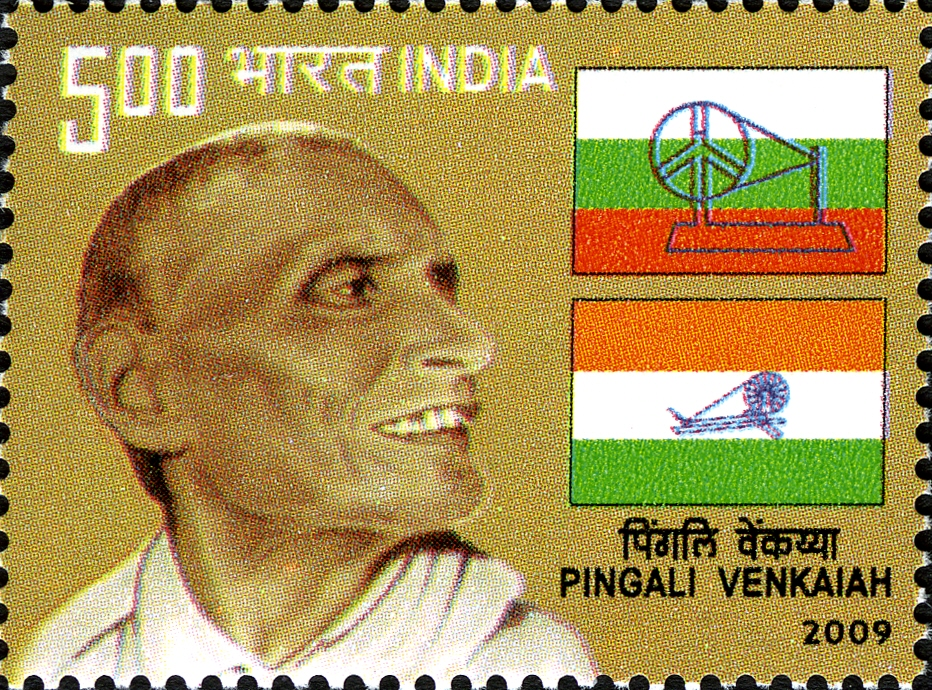Uttarakhand Switch to Hindi
Flash Floods in Uttarkashi District
Why in News?
Flash floods, triggered by heavy rainfall, have caused widespread devastation along the Kheer Ganga river in Uttarkashi district, Uttarakhand.
- The floods, which hit the town of Dharali, a popular tourist spot situated 8,600 feet above sea level, have resulted in significant loss of life, with many others feared missing.
Key Points
- Reasons for Flash Floods:
- Experts suggest that a glacier collapse or a glacial lake outburst (GLOF) upstream, rather than a cloudburst, likely triggered the flash flood in Dharali village.
- The Indian Meteorological Department (IMD) recorded minimal rainfall during the disaster, well below the typical levels that cause cloudburst-induced flooding, leading experts to suggest the possibility of a glacier burst or GLOF, supported by satellite images showing significant glaciers and glacial lakes above Dharali.
- Disaster Risk:
- According to the Wadia Institute of Himalayan Geology, Uttarakhand is home to 1,266 glacial lakes, ranging from small to large bodies of water, some of which pose significant downstream threats.
- The National Disaster Management Authority (NDMA) has identified 13 glacial lakes as high-risk, with five classified as extremely dangerous.
- Such disasters occur when water accumulates at high elevations and is suddenly released—heavy rainfall alone cannot trigger such catastrophic events.
Flash Flood
- Definition: Flash floods are sudden increases in water levels during or immediately after intense rainfall. They are highly localized and short-lived events, typically occurring within 6 hours of rainfall.
- Causes:
- Flash floods are primarily caused by intense rainfall that overwhelms the soil’s absorption capacity and drainage systems.
- Apart from heavy rain, flash floods can also result from rapid snowmelt due to sudden temperature rise, dam or levee breaches, ice or debris jams, and sudden glacial lake outbursts.
- Additionally, urbanisation with impervious surfaces like roads and buildings increases runoff, reducing water absorption and intensifying flood risks.
Glacial Lake Outburst (GLOF)
- About: A GLOF is a type of catastrophic flood that occurs when the dam containing a glacial lake fails, releasing a large volume of water.
- This type of flood is typically caused by the rapid melting of glaciers or the buildup of water in the lake due to heavy precipitation or the inflow of meltwater.
- In February 2021, Chamoli district in Uttarakhand witnessed flash floods which are suspected to have been caused by GLOFs.
- Causes:
- These floods can be triggered by a number of factors, including changes in the volume of the glacier, changes in the water level of the lake, and earthquakes.
- According to the NDMA (National Disaster Management Authority), glacial retreat due to climate change occurring in most parts of the Hindu Kush Himalayas has given rise to the formation of numerous new glacial lakes, which are the major cause of GLOFs.
National Current Affairs Switch to Hindi
Birth Anniversary of Pingali Venkayya
Why in News?
On 2nd August, PM Modi paid tributes to Pingali Venkayya on his 149th birth anniversary, highlighting his immense contribution in designing India's national flag, a symbol of the nation's unity, diversity, and independence.
- He also urged citizens to support the Har Ghar Tiranga movement by unfurling the Tricolour at their homes.
Pingali Venkayya
- He was born on 2nd August 1876 in Bhatlapenumarru village, near Machilipatnam, Andhra Pradesh, and passed away on 4th July 1963 at the age of 86.
- He fought the Second Boer War (1899-1902).
- In 1913, he delivered a lecture in Japanese in Bapatla, Andhra Pradesh, called ‘Japan Venkayya’.
- He was also known as Patti Venkayya for his research into the Cambodia Cotton.
- In 2009, a postage stamp was released for his contribution.
Evolution of Flag
- In 1916, Pingali Venkayya published a booklet titled A National Flag for India, featuring nearly 30 designs for a potential Indian flag, inspired by flags of other nations.
- Venkayya’s design for the National Flag was finally approved by Mahatma Gandhi in a Congress meeting in Vijayawada in 1921.
- The initial flag, called the Swaraj flag, consisted of two red and green bands (representing the Hindus and the Muslims religious communities). The flag also had a charkha, which represented Swaraj.
- Mahatma Gandhi advised Venkayya to add a white band to represent peace.
- The Flag Committee (1931) replaced the red with saffron and placed saffron on top followed by white and then green. The charkha was placed on the white band in the middle.
- The colors stood for qualities and not communities i.e., the saffron for courage and sacrifice, white for truth and peace, and green for faith and strength. The charkha stood for the welfare of the masses.
- Post-Independence, a national flag committee under President Rajendra Prasad replaced the charkha with the Ashok Chakra.

.gif)

.png)
















.png)


.jpg)



 PCS Parikshan
PCS Parikshan


